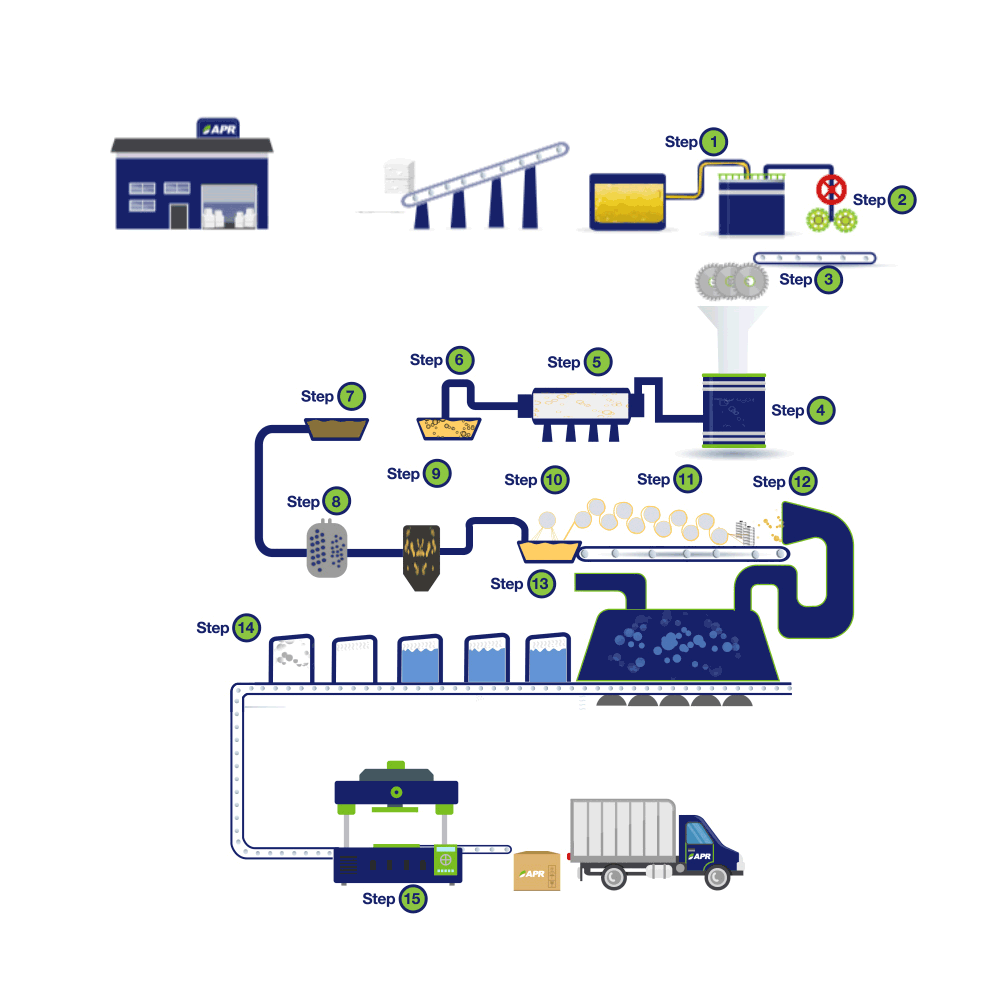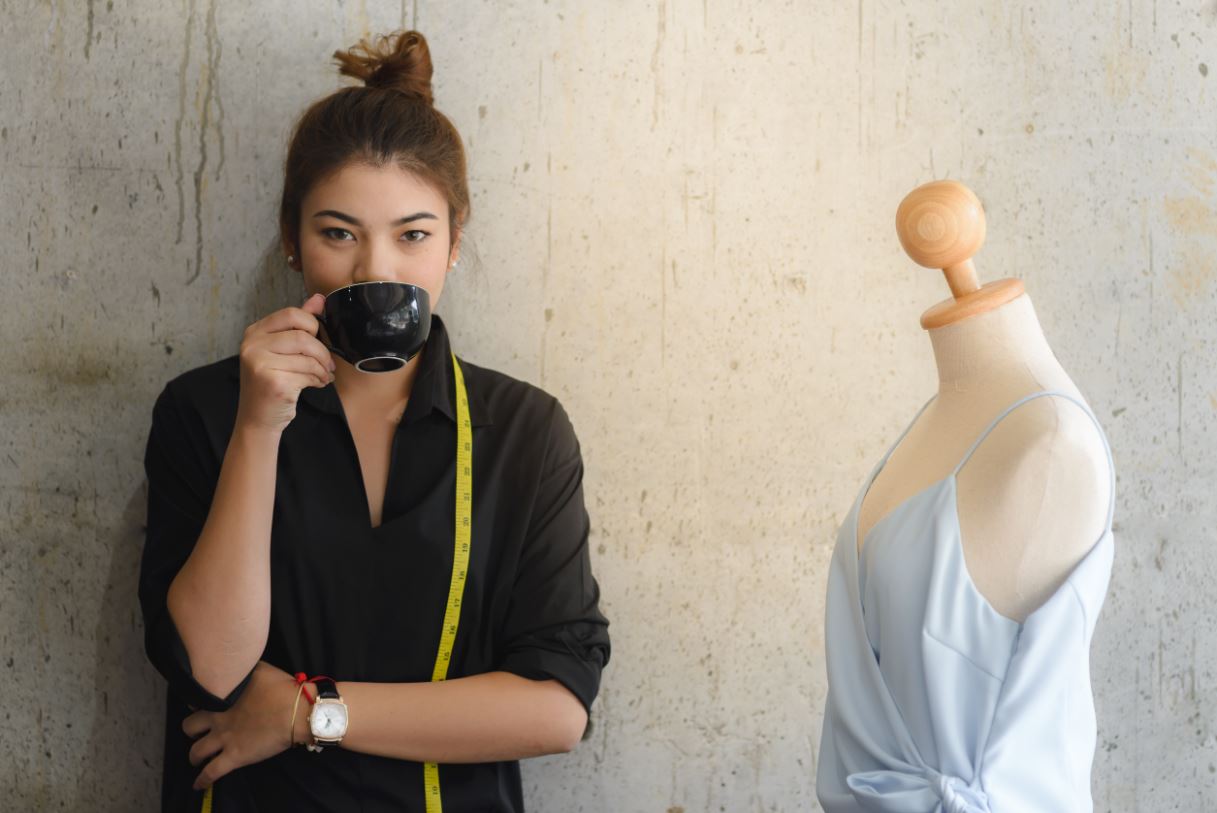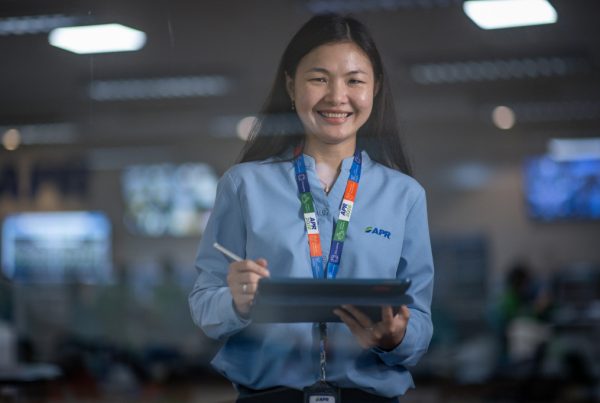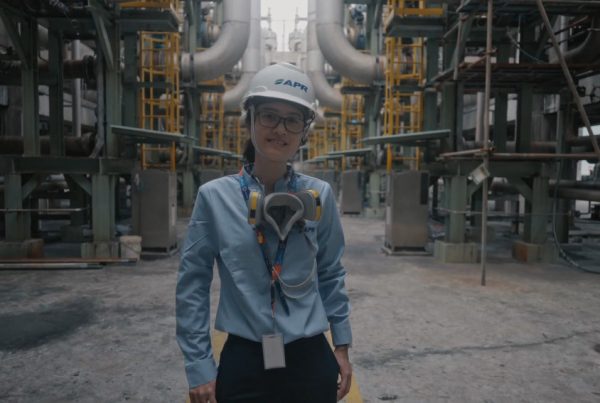Viscose, or viscose rayon, is rapidly growing in popularity, finding its way into everything from clothes to home furnishings. But what is viscose, and how is it made? Read on to find out.
What is viscose?
Viscose, also known as rayon, is a type of textile fibre made from cellulose derived from trees. The process was actually patented in 1892, but it has gained popularity in recent years as brands and consumers become increasingly aware of the impact of the fashion industry on the environment, and look for more sustainable fabrics.
The reason for its popularity is the fact that that viscose is a sustainable and fully biodegradable alternative to acrylic, nylon, polyester and other petroleum-based synthetic fabrics, which can sit in landfills for decades.
Viscose has a silk-like appearance and has the ability to absorb and retain rich and vibrant colours. Its cellulosic base gives it properties similar to those of cotton and smoothness similar to silk, meaning its moisture absorbent, breathable and comfortable to wear.

How viscose is made at APR
APR’s viscose begins with wood pulp from 100 per cent PEFC certified suppliers. More than 92 per cent of our pulp is produced in Indonesia and we can trace every kilo of pulp we use from its plantation of origin until it becomes viscose and it leaves our warehouse. That information is made freely available to consumers via our blockchain-based traceability app, Follow Our Fibre.
Every day we work to improve the quality of our fibre, while prioritising the sustainable consumption of raw materials and work to maximise material recovery in line with leading international industry standards.
From the moment sustainably-produced wood pulp enters our production facilities, it takes just 18 hours to transform it into beautiful and biodegradable viscose rayon, ready to be shipped to our customers around the world.
As part of our APR2030 targets we’re committed to a 50% reduction in water use, 80% reduction in waste-to-landfill per product tonne through investments in closed-loop production and recycling, and more than 95% sulphur recovery by 2030.

Step by step: how viscose is made
Step 1: Steeping – Dissolving Wood Pulp is processed in order to swell the cellulose fibres and convert cellulose into alkali cellulose.
Step 2: Pressing – The swollen alkali cellulose is compressed to a wet weight equivalent of 2.5 to 3.0 times the original pulp weight to obtain an accurate ratio of alkali to cellulose.
Step 3: Shredding – Alkali cellulose is shredded to increase surface area and thereby increasing the ability of the alkali cellulose to react in the steps that follow.
Step 4: Ageing – The alkali cellulose is aged under controlled conditions to depolymerise the cellulose for better product quality and production efficiency.
Step 5: Xanthation – In this step, the aged alkali cellulose crumbs are placed in vats and allowed to react with carbon disulphide (CS2) under controlled temperature to form cellulose xanthate.
Step 6: Dissolving – The yellow crumbs of cellulose xanthate are dissolved in a solution.
Step 7: Ripening – The viscose is allowed to stand for a period to “ripen”, which results in a honey-like solution.
Step 8: Filtering – The viscose is filtered to remove undissolved particles that might disrupt the spinning process or cause defects in the rayon filament.
Step 9: Degassing – Trapped air in the viscose is removed to prevent voids, or weak spots, in the fine rayon filaments.
Step 10: Spinning – Viscose passes through the spinnerets and is immersed in a spin bath to produce rayon filaments
Step 11: Drawing – The rayon filaments are stretched while the cellulose chains are still relatively movable.
Step 12: Washing – The freshly regenerated rayon is washed to remove salts and other water-soluble impurities
Step 13: Cutting – The fibre is cut into various lengths by passing the fibre through a rotary cutter
Step 14: Drying – The wet viscose staple fibres are dried to an ideal moisture content of 9-14%
Step 15: Baling Press – Our viscose staple fibre is packed and is ready for shipping
What is viscose used for
Viscose is used in a wide variety of textile and clothing applications. As soft and breathable as cotton and as smooth as silk, viscose superfine fibre makes woven and knitted products ultra-comfortable. The large surface area of the fibres gives extraordinary dyeing effects, making the colours more saturated and radiant.

- Knitted fabrics
Knitted viscose is soft and smooth, making it extremely comfortable and seemingly weightless. It’s a good choice for innerwear, dresses and t-shirts. - Woven fabrics
Known for its comfort and versatility, woven viscose fabric can be used in dresses, shirts, batik, casual wear and denim. It has a super soft feel and a smooth drape. - Home textiles
Viscose is highly absorbent so it take dyes very well, providing rich and radiant colours without losing its natural lustre. That makes it ideal for home textile products such as high-end towels, bedding, tablecloths, napkins and decorative fabrics.
***






